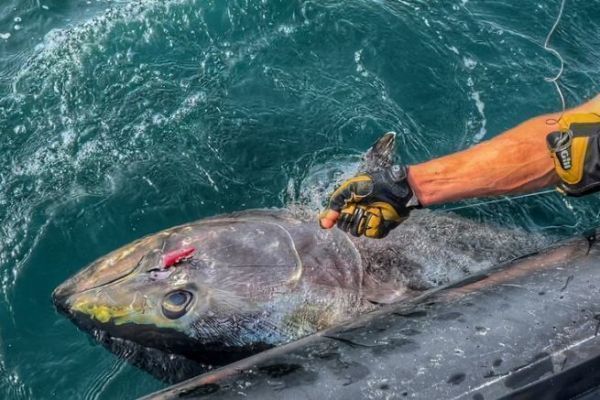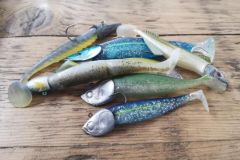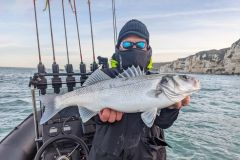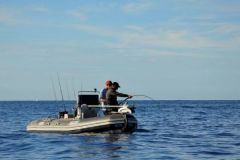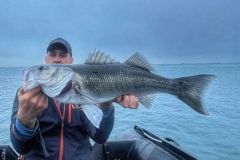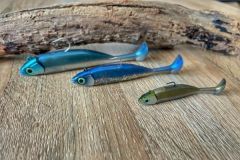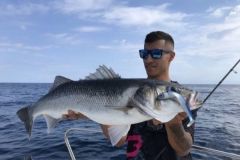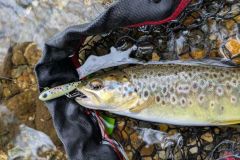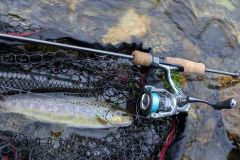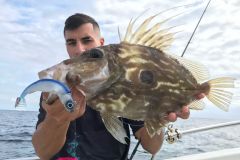A decoy with nothing left to prove
The Crazy Sand Eel 220 from Fiiish, especially the pink color, gives me excellent results when fishing for bluefin tuna in Brittany. It's not the most natural color. However, bluefin tuna are very aggressive on this color. I find it extremely effective when the hunt is dense. Jacuzzis, as we like to call them in the trade.
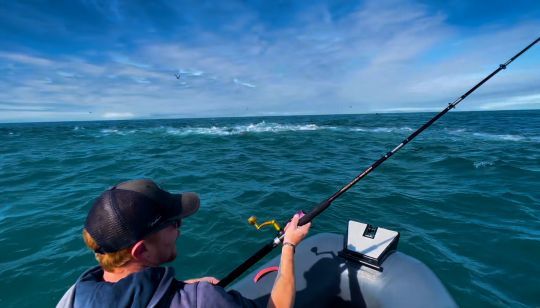
My guess is that the chaos is so great in these conditions that this flashy color stands out more easily. On more discreet hunts, it's just as effective! I didn't notice any lighting conditions that made it more or less effective.
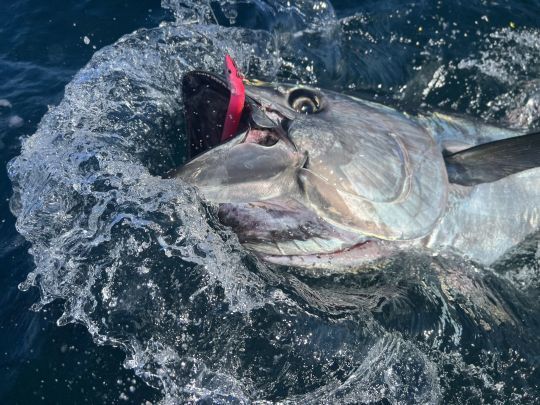
Armed with X-Strong heads
On this lure, I use the Fiiish X-Strong lead heads available in 70, 100 or 120 grams.
My preference is for the 100-gram model, which allows this lure to be cast without too much difficulty.
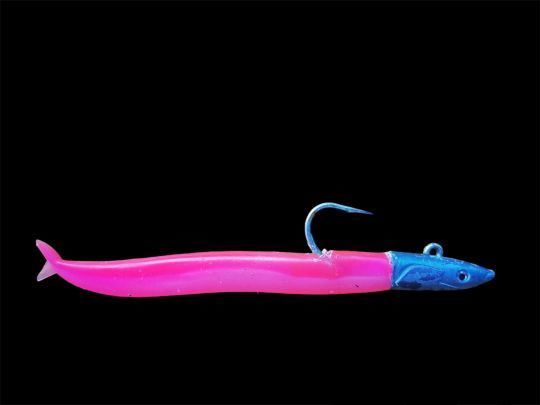
In terms of hook quality and strength, I've had no problems whatsoever. This head makes the Crazy Sand Eel a perfect linear swimmer.
Remember to glue the lure securely to the lead head.
Which technique to use?
I use Crazy Sand Eel 220 in two different ways.
The first, when the hunt is very active and the tuna are in a frenzy.
In this case, nothing too complex. I cast to the outside of the chase and make a fast, linear retrieve. The strike is usually fast and violent!
Why aim for the outside? Because in the middle, the density is such that a fish that has been bitten, starts its rush, would break the line almost instantly by rubbing against a fellow fish.
The second use is when the fish are deeper, or have probed. In this case, I let the lure drop for a few seconds, to about 30 metres, before making a linear and continuous retrieve towards the surface.
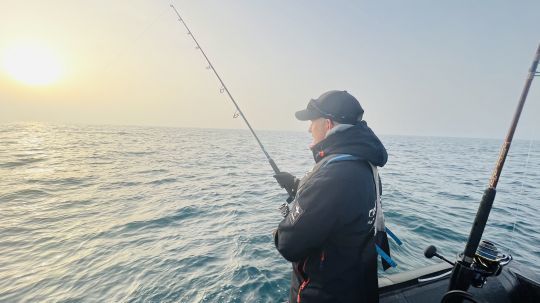
Similar to the elevator technique used by tuna fishermen, tuna react very well to linear movements from the bottom to the surface. Be careful, though, as the touch is violent!
